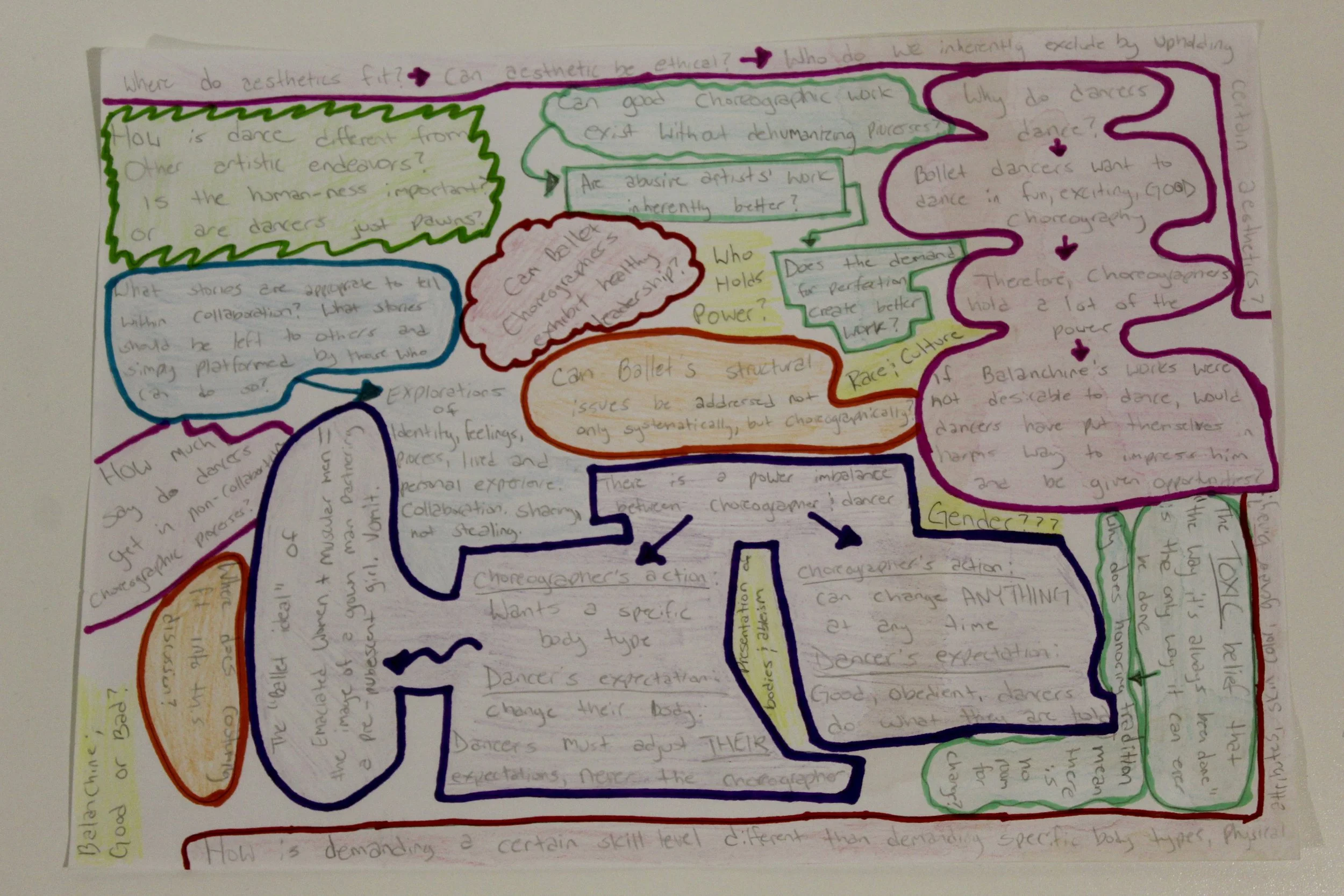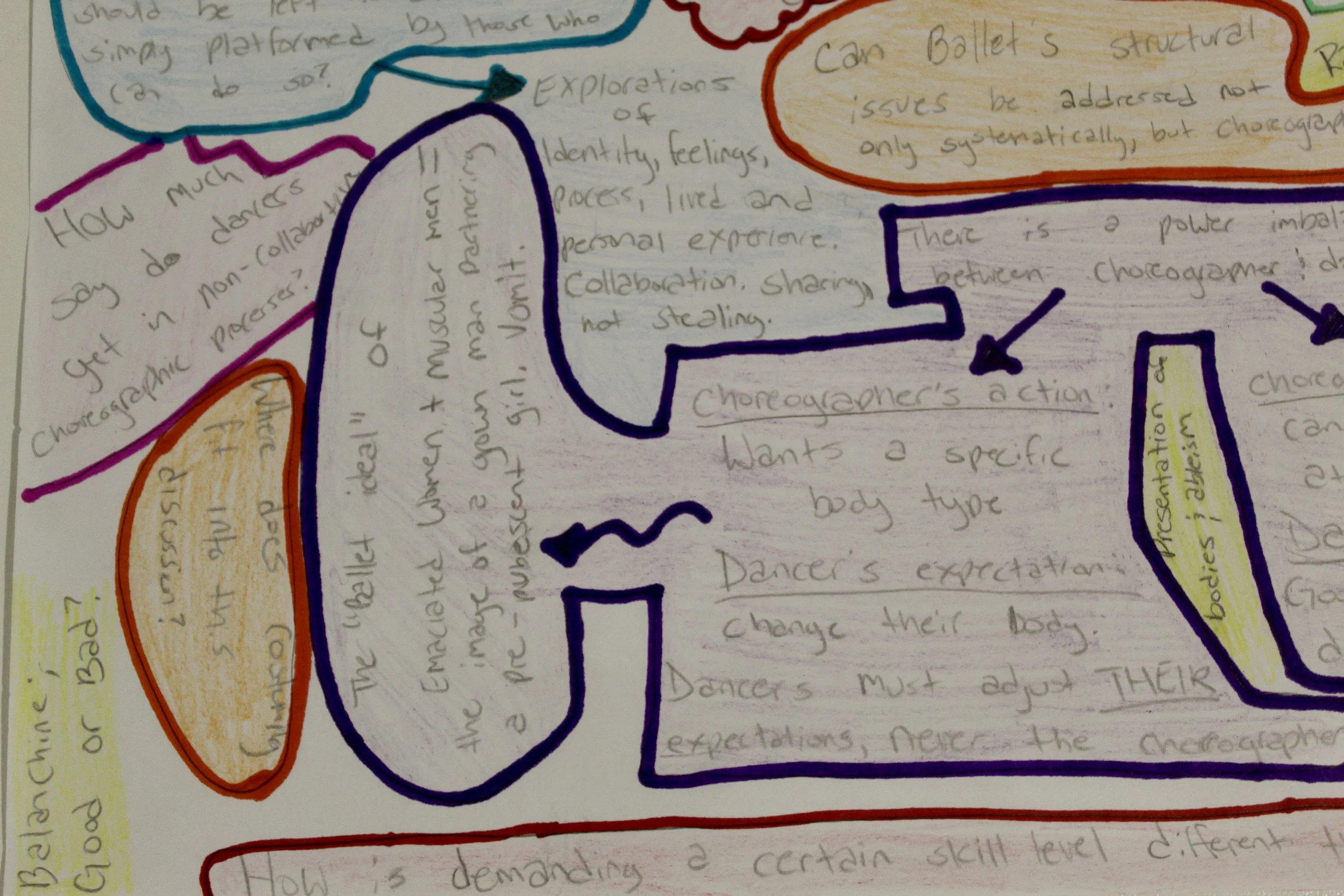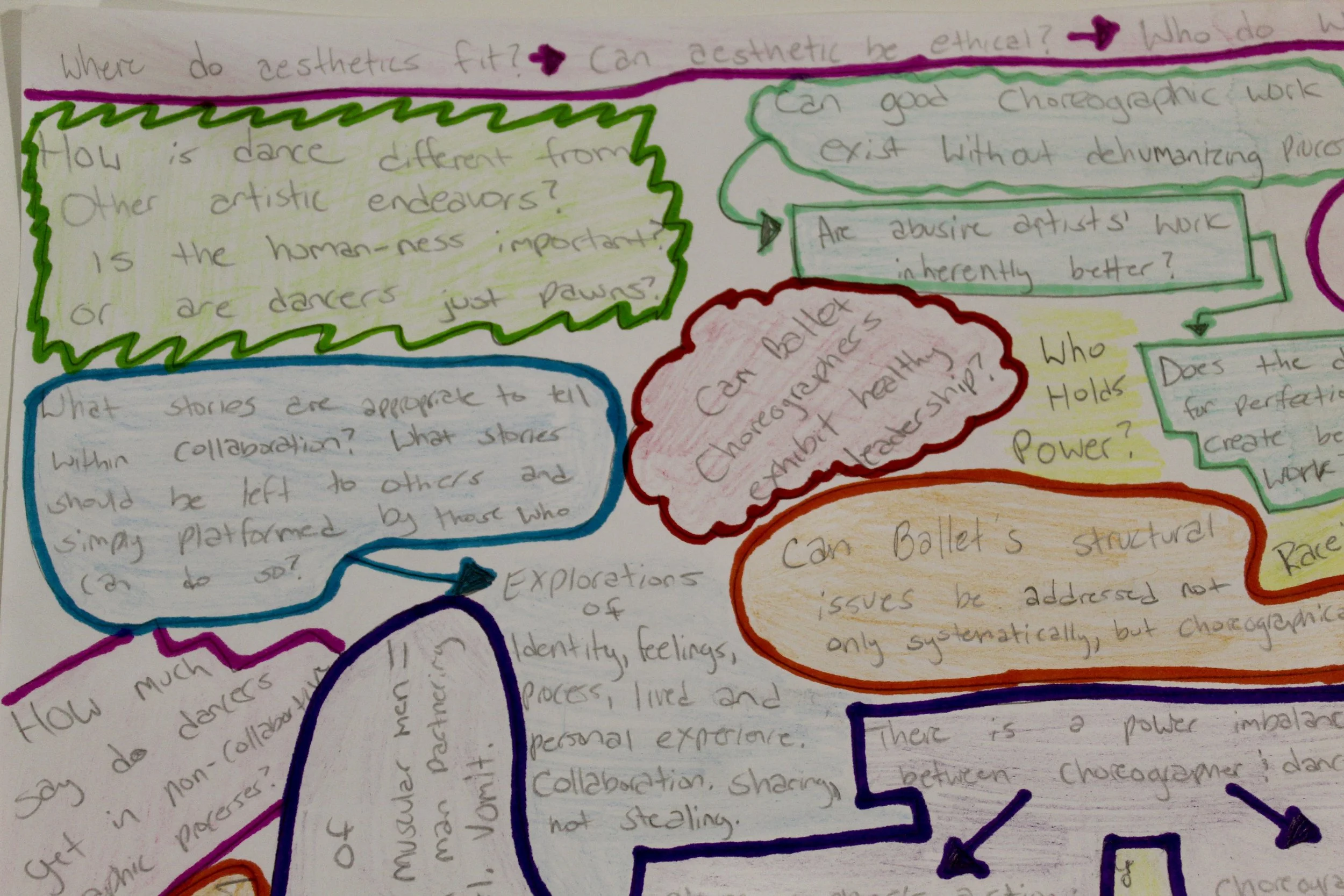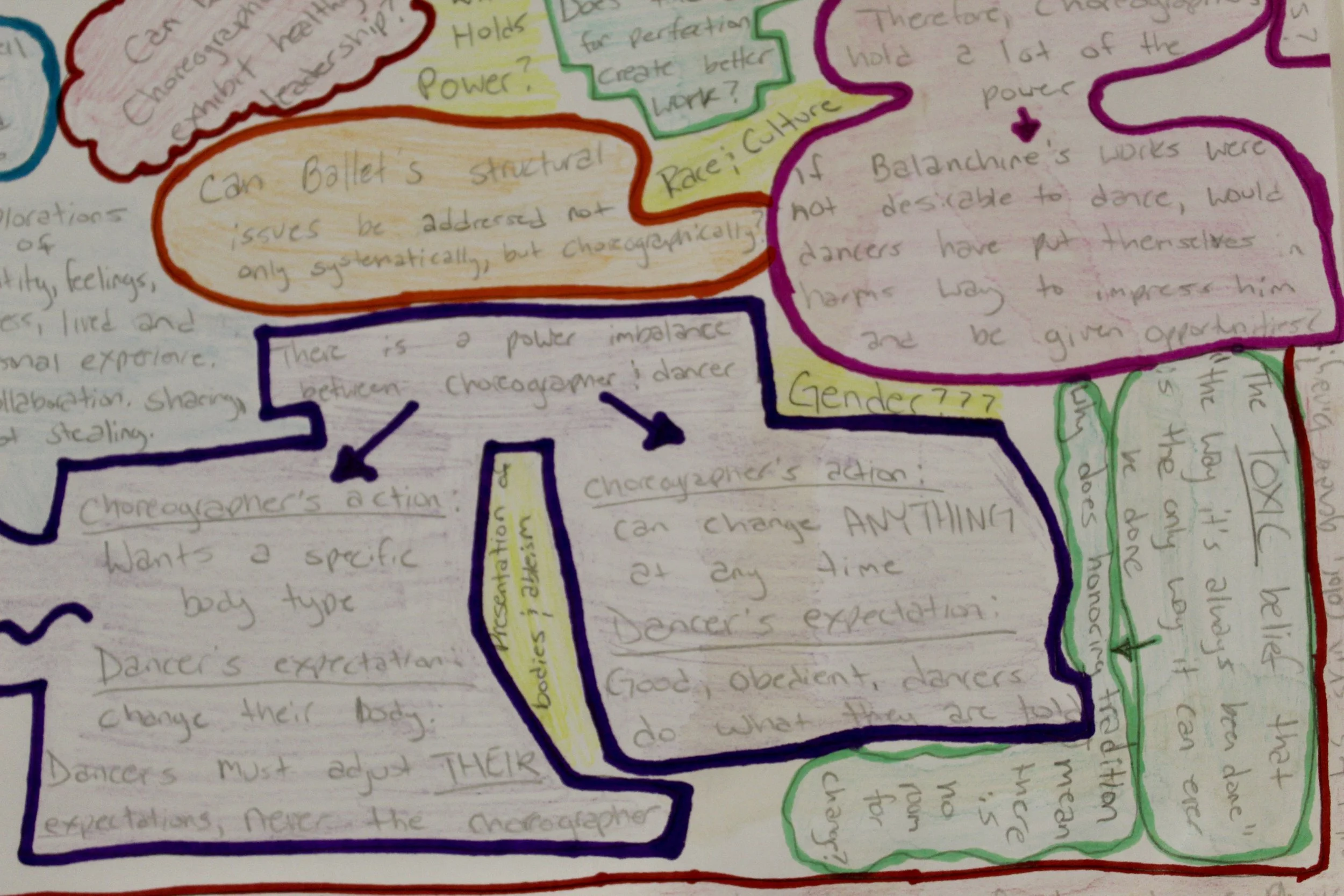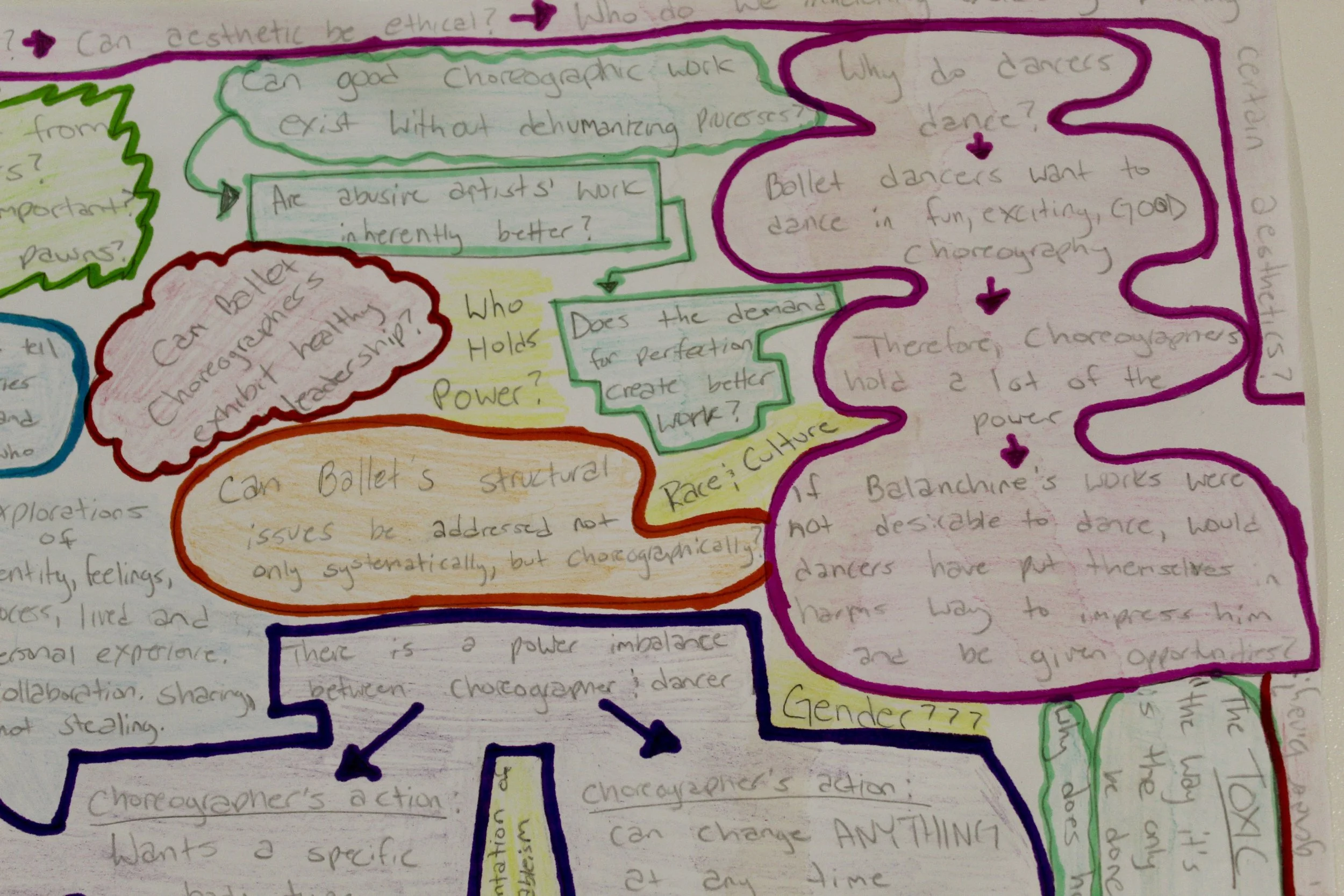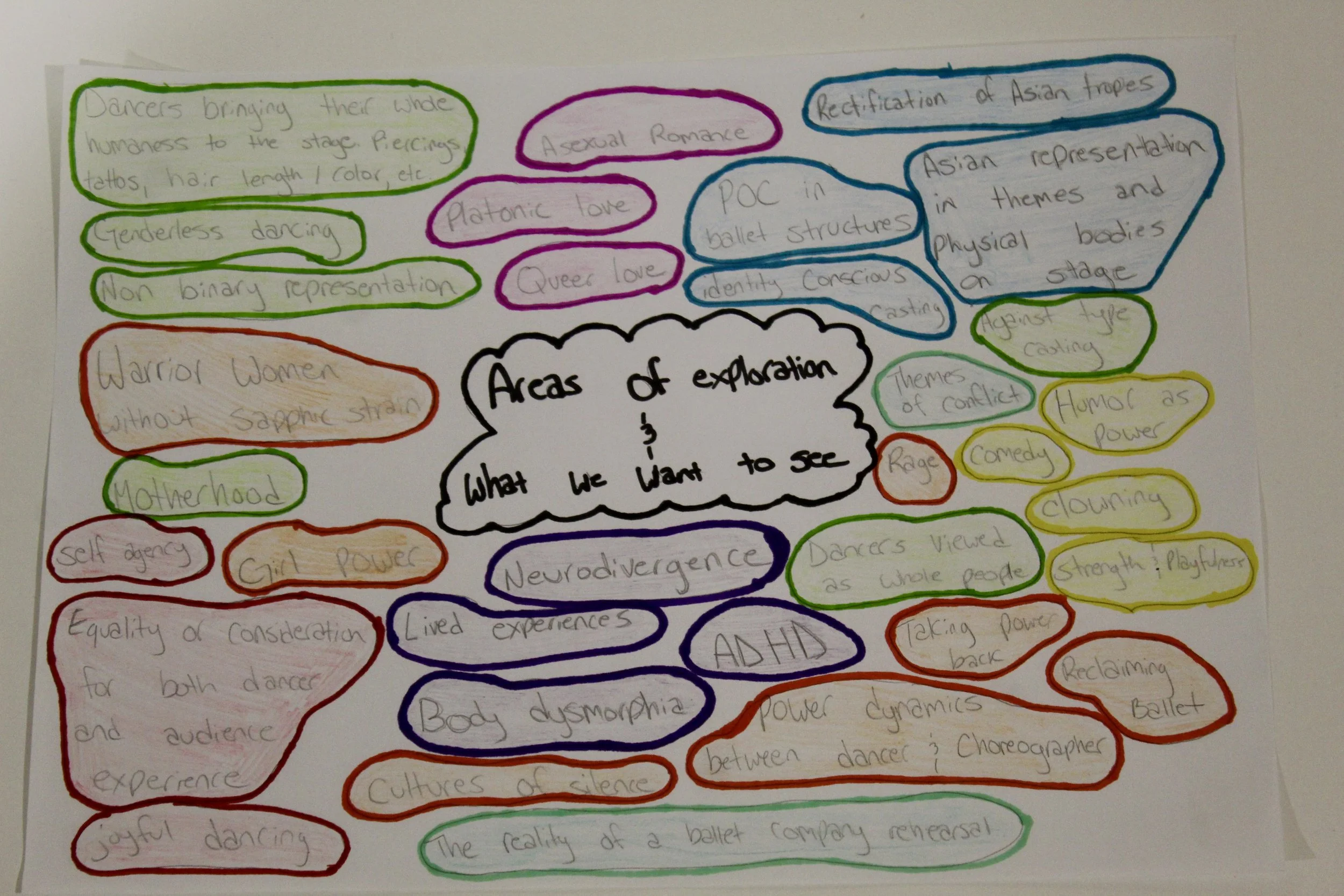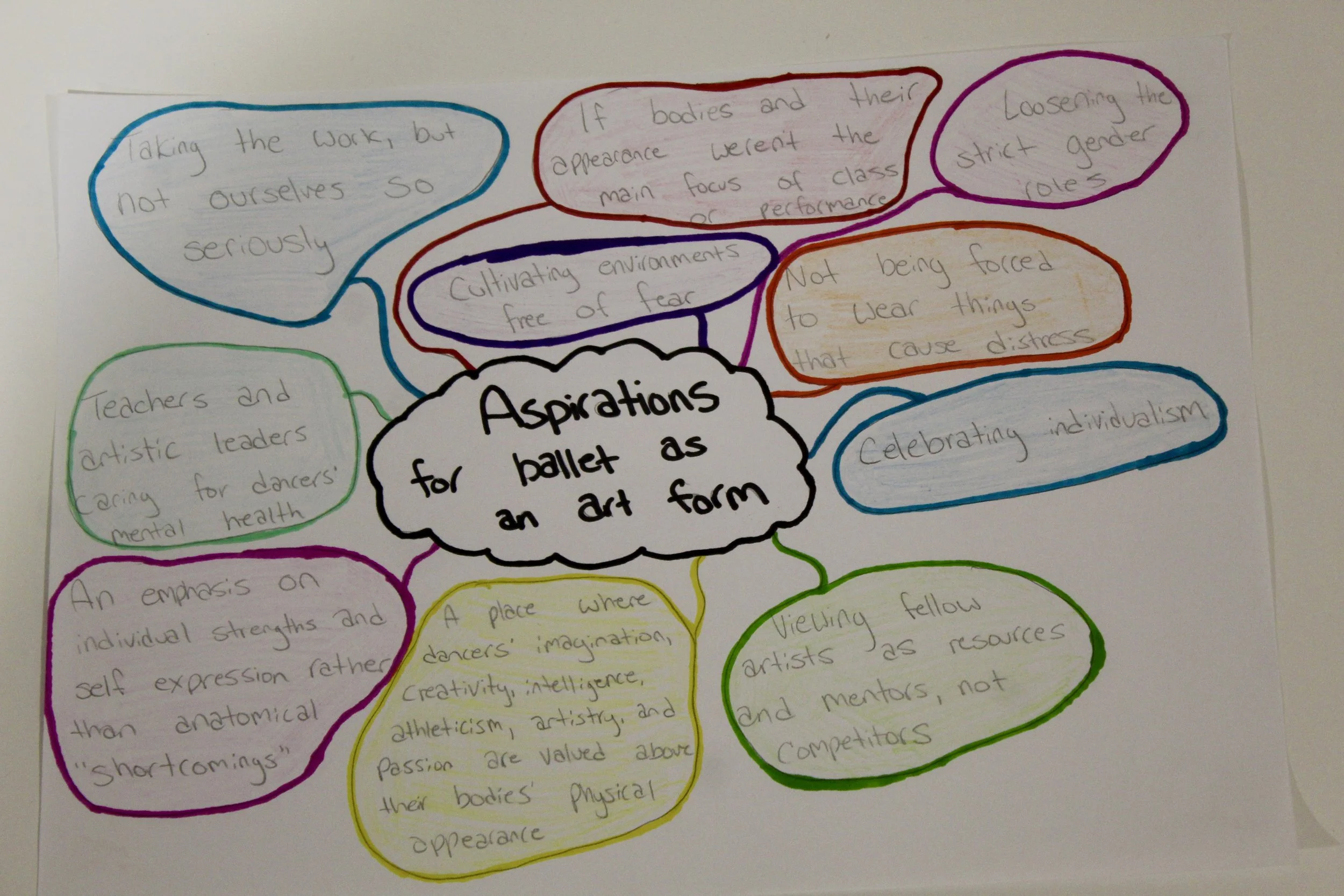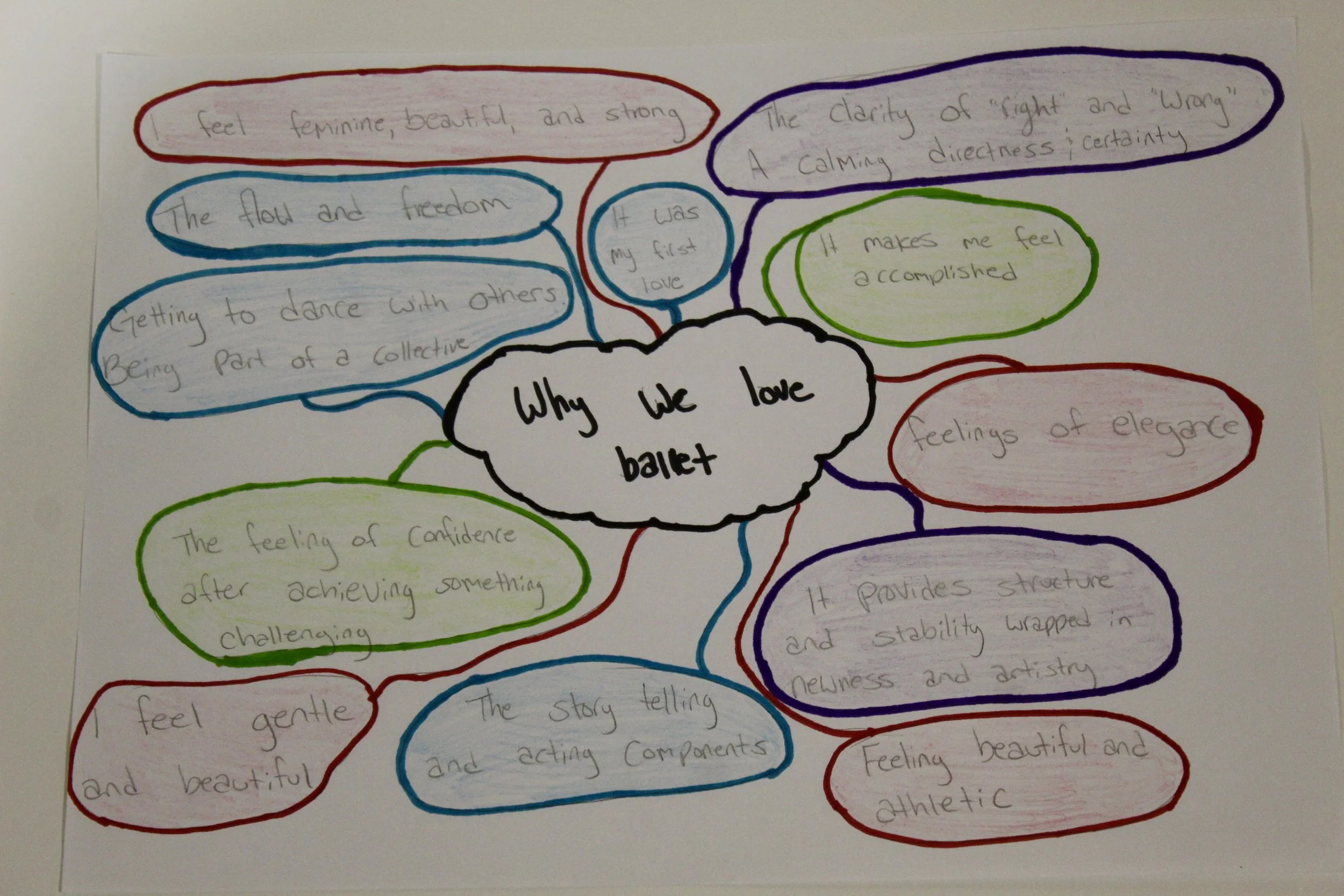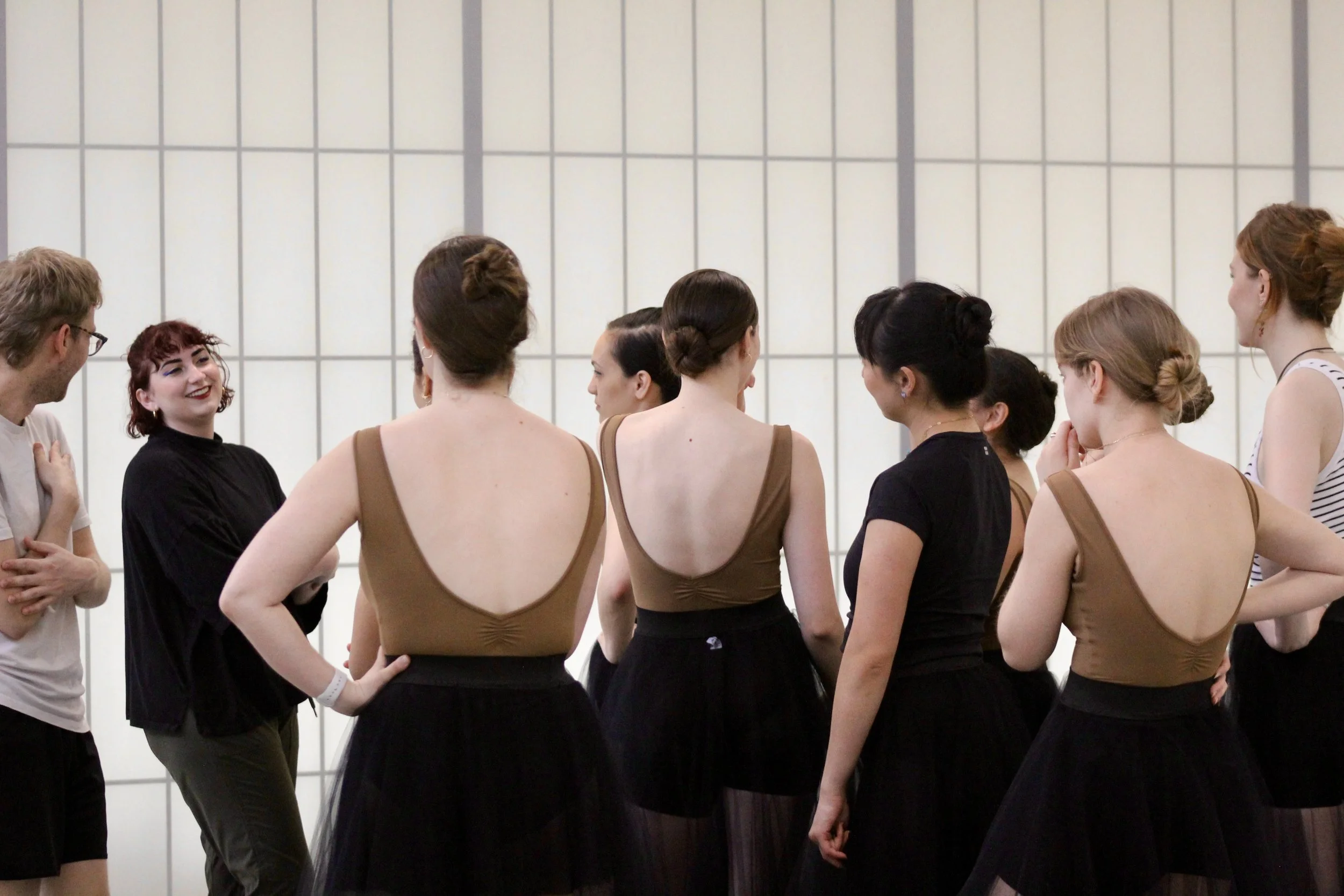
Creative Process
Ballet teaches subservience. Ballet does not care what you think, feel, or have to say. Ballet only cares about what you can do and how well you do it. But it doesn’t have to be this way.
I approached this work with a determination to create a technically demanding piece that also prioritized the dancers’ humanity. There is a distinct problem in the ballet world where unacceptable behavior from artistic leadership is accepted because the choreography, artistry, and athleticism on display is deemed “worth it”. Kindness, weakness, and recreation start to become interchangeable and before you know it the only art that is being valued is attached to abusive creative processes. Therefore, I felt it was crucial my choreography pushed the dancers artistically and technically while still upholding my values as a leader. Artistic excellence and empathetic inclusivity are not mutually exclusive.
The rehearsal process started with all of the dancers and myself sitting in a circle talking about what was important to us as a collective. I asked what they needed from me and let them know what I needed from them in return. A key point that came up surrounded accessibility, something that is deeply important to me as an individual. I created a Google Drive with every type of information you could dream of. Rehearsal videos with timestamped notes, individualized costume information guides, color coded weekly rehearsal schedules, music, and more. The work I put into maintaining this information hub began to dismantle the usual hierarchy of choreographer/director vs dancers. The responsibility was shared now instead of being placed solely on the dancers to retain anything and everything I said.

Collaborative Brainstorming
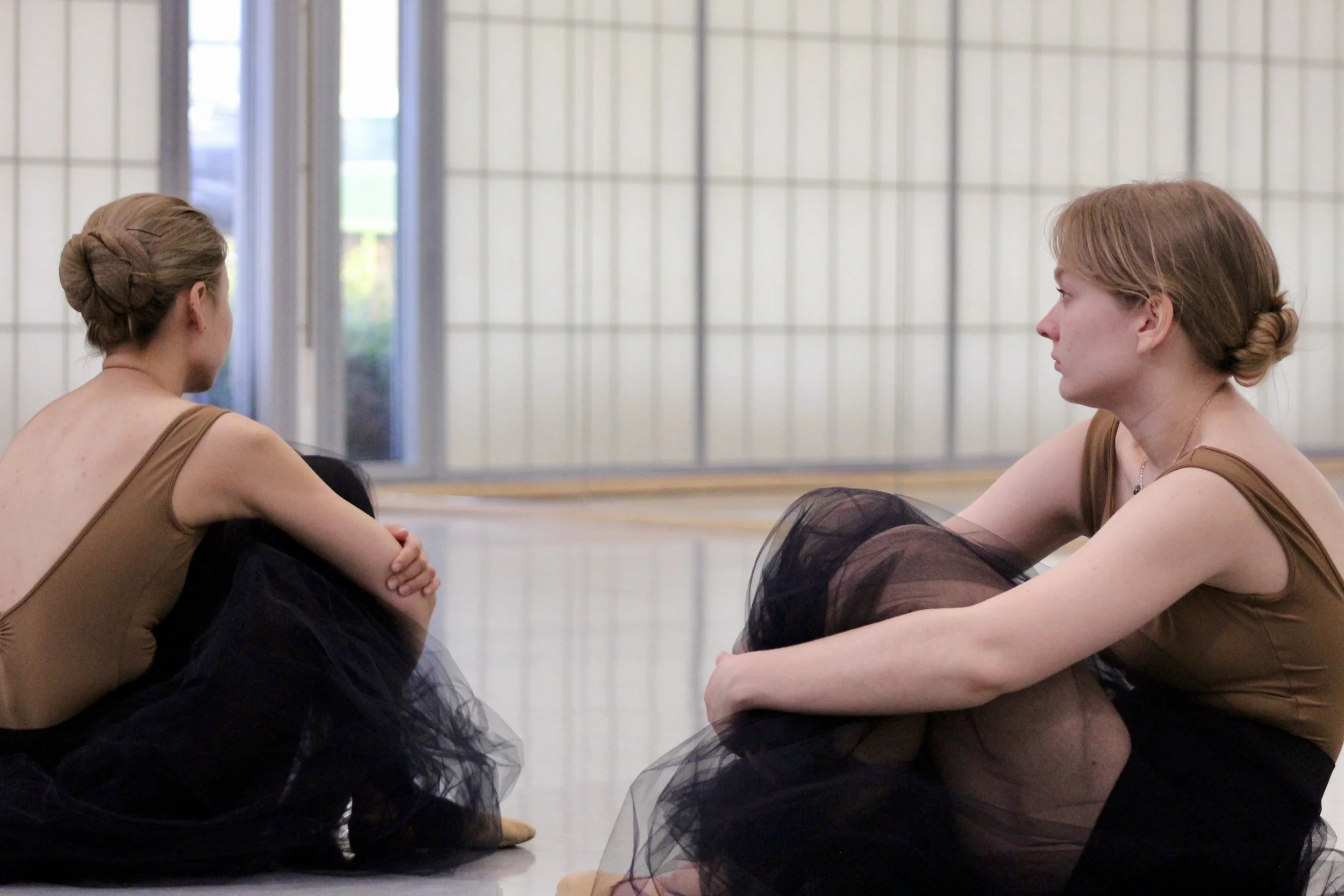
Dancer Autonomy
If you explore the drive, you’ll also see multiple forms I had the cast fill out. The dancers had a say in: what sections they danced in, whether they danced on flat or on pointe, what costumes they wore, and more. The Google Forms asked questions about their identities, movement preferences, personal boundaries, and what they were willing to put on their bodies. I crafted solos and sections with the information I received in mind and worked with the dancers to modify choreography in ways that felt best to them. They also were allowed to sit in rehearsals whenever they weren’t dancing and take off their pointe shoes whenever they wanted. The black tutus in Act 4 were hand made by a few of the dancers and myself (Steffi Carter deserves every accolade for the hours spent cutting and sewing). Knowing the costumes were made to fit the dancers and not the other way around was invaluable.

Ethical Leadership
In general, as a choreographer and director, I am very intentional about my leadership strategies. I value this above the “quality” of the work because, in my opinion, any piece made in toxic working conditions is not a piece worth making. Art that is driven by ego instead of care has no place in my repertoire.
For This is Ballet I stepped my approach up to the next level by formulating a code of ethics for all collaborators to follow. It was a bulleted list of promises we made to each other, constructed by everyone who agreed to be part of this process. The list included items such as mutual respect for time, not making comments about anyone’s body be it positive, negative, or neutral, and accommodating different learning styles. It only seemed right that if I was going to tackle ballet’s structural issues through choreography, this had to be woven into the creative process as well. Eliminating dictatorial leadership and the hierarchical nature of choreographer and dancers, specifically in the ballet setting, was essential.
In the live work, there were several pauses for about 1-3 minutes. This was ethically necessary in adherence to my promises to the dancers to value their humanity over the spectacle. These pauses were for costume changes, a drink of water, and a moment to breathe in a non-air conditioned theater. Consideration for the audience is important, but not at the expense of the dancers.
Leadership style massively impacts the type of collaborators you attract. It was my experience that the dancers were more diverse, open minded, and willing to give everything they had to offer as artists when engaged in a more democratized creative process. I truly believe our art can only benefit when we value people’s humanity. As a choreographer, I’ve never felt so wholly supported by my collaborators. Every moment of personal self-doubt was met with unending encouragement and absolute certainty from the dancers. Our mutual respect and faith in one another carried this work to the very end.
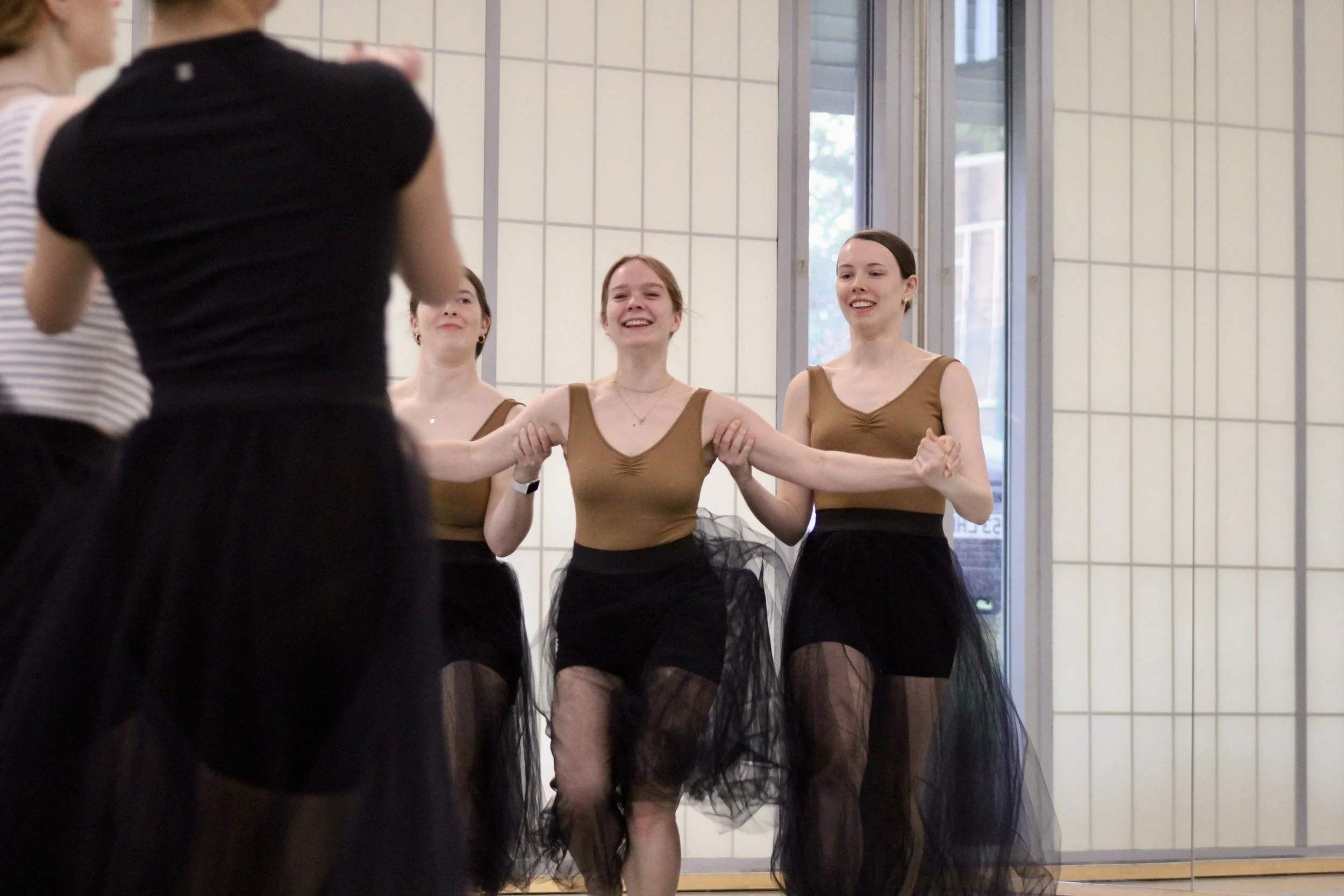
The Good in Ballet
So much joy, freedom, and community can be found in ballet, but we have to cultivate environments that support them. Ballet has the potential to be completely rebranded and embraced by 21st century audiences, we just have to let go of elements that are no longer serving us–and maybe never truly did.
If you’re as fascinated by this topic as I am and want to dive deeper I cannot recommend The Turning: Room of Mirrors (Season 2) podcast enough. This series expanded and inspired my research for this work. Listen on Apple Podcast, Spotify, and iHeartRadio
Rehearsal Photos: Sara Cristina Silva
